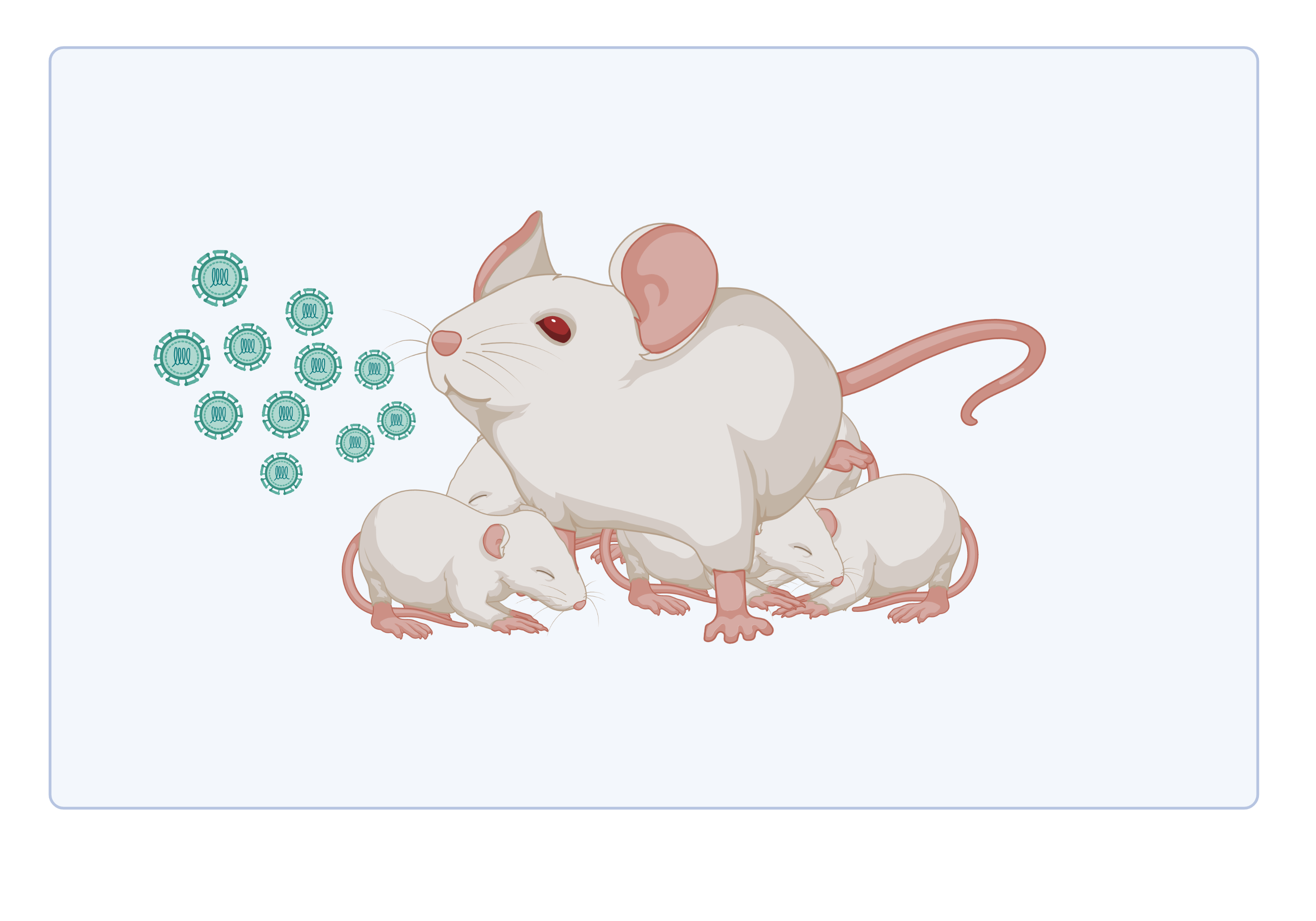Hepatitis E has always fascinated me. Epidemiologically, this virus is a shape-shifter, infecting humans through an impressive array of attack routes including pork products, game meat, contaminated water, and blood products. The very term ‘hepatitis E virus’ is an oversimplification that encompasses a protean multitude of variants capable of infecting a wide range of terrestrial and sea creatures. Pigs, rabbits, camels, deer, and wild boar have all spread hepatitis E to humans, but the zoonotic potential of an ever expanding collection of variants is only now coming to light.
This is the story of one of these variants: rat hepatitis E.
I remember that hot Hong Kong evening in 2017 like it was yesterday. It was nearly time to go home when I received a consultation at our infectious diseases service. The letter was simple: a liver transplant recipient with hepatitis, tested positive for hepatitis E IgM antibodies, could we see the patient please? Typical case of hepatitis E in a transplant recipient, I thought, just need to do a PCR test for the virus in the blood for establishing diagnosis and getting a baseline viral load. The patient assured me he had been extra careful with his diet. It happens, I told him, hepatitis E was a sneaky bug.
A few days later, my scientific officer called me up. The PCR was negative in both blood and stool. This was strange, the patient still had a raging hepatitis; he was immunocompromised and unlikely to clear the virus spontaneously. Probably a false alarm antibody test, then, perhaps just acute rejection of the liver graft after all? But something niggled in my brain; something wasn’t right here. I asked my scientific officer to re-do the PCR, only this time using consensus primers that would catch more divergent hepatitis E variants including some that had never been known to infect man.
I remember the tension in his voice when he called me back two days later. He got a band from the PCR and had sequenced it. ‘The patient sequence seems to align with something called rat hepatitis E’. I ran to his office. We pored over the makeshift phylogenetic tree; basically witnessing the world’s first known human infection by rat hepatitis E virus. Ribavirin did the job of curing the patient, but our work didn’t end there. We have since set up a city-wide surveillance system for this novel zoonosis. In doing so, we have learned much about rat hepatitis E in humans: it causes approximately 10% of all hepatitis E in the Hong Kong population; it escapes conventionally used diagnostic tests for hepatitis E; it probably evades prior hepatitis E immunity; and it almost always progresses to chronic infections in immunocompromised persons. But, how it jumps to humans from rats is still a mystery. Identification of humans infected with rat hepatitis E in Canada and Spain is a vindication that this is a global zoonosis.
Rat hepatitis E is the latest fascinating manifestation of a virus that continues to captivate a small but enthusiastic band of researchers.
Dr. Siddharth Sridhar is a Clinical Assistant Professor, at Department of Microbiology, School of Clinical Medicine, Li Ka Shing Faculty of Medicine, The University of Hong Kong.
Read full research articles of Dr. Sridhar on this topic: https://academic.oup.com/cid/advance-article/doi/10.1093/cid/ciab919/6412704?login=true; https://www.sciencedirect.com/science/article/pii/S0168827821000131?via%3Dihub; https://aasldpubs.onlinelibrary.wiley.com/doi/10.1002/hep.31138
The featured image was drawn using BioRender.

